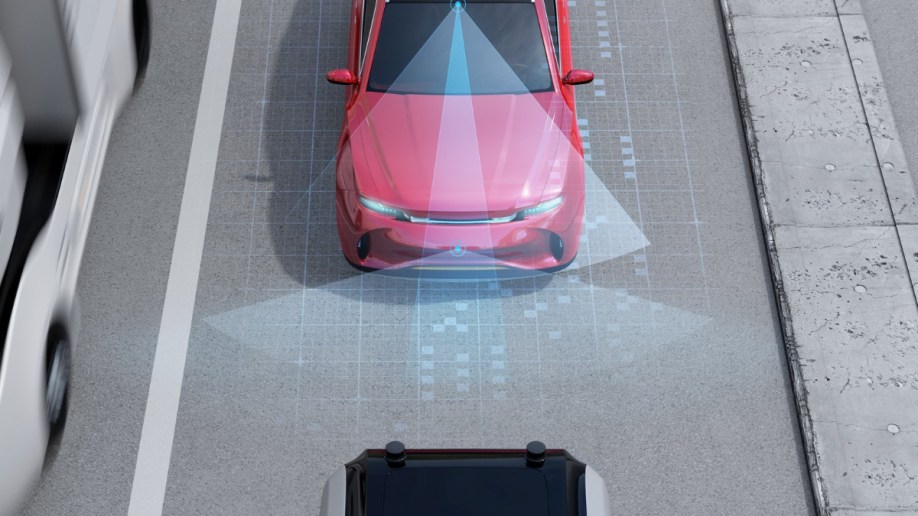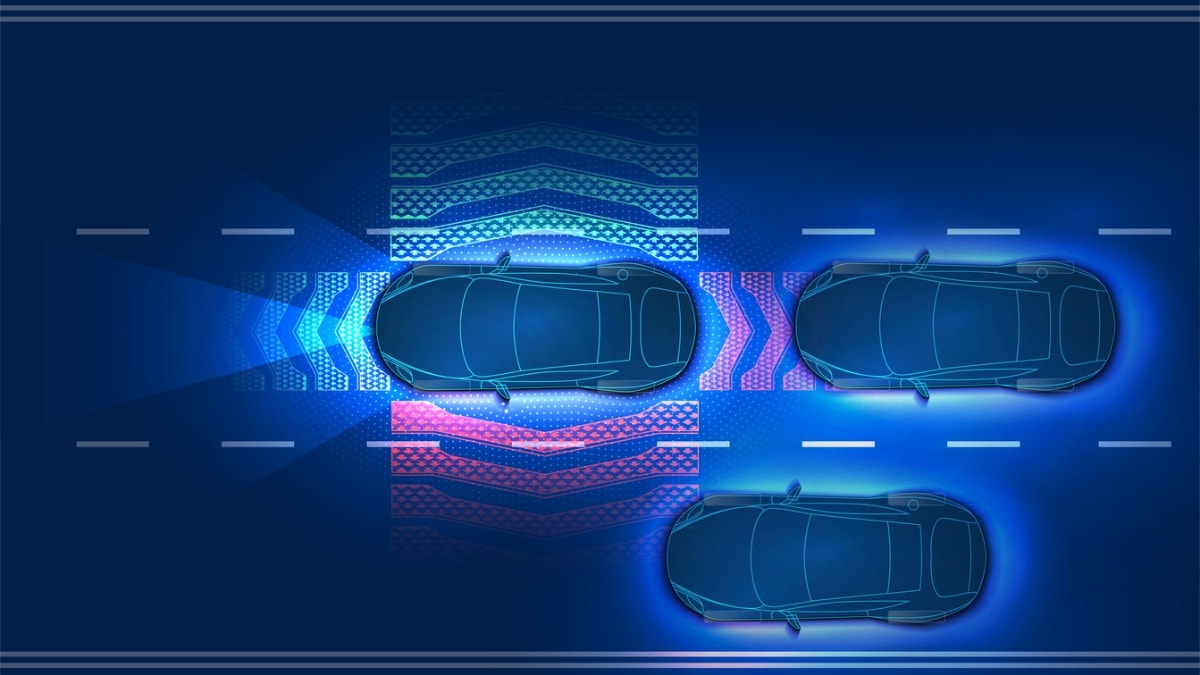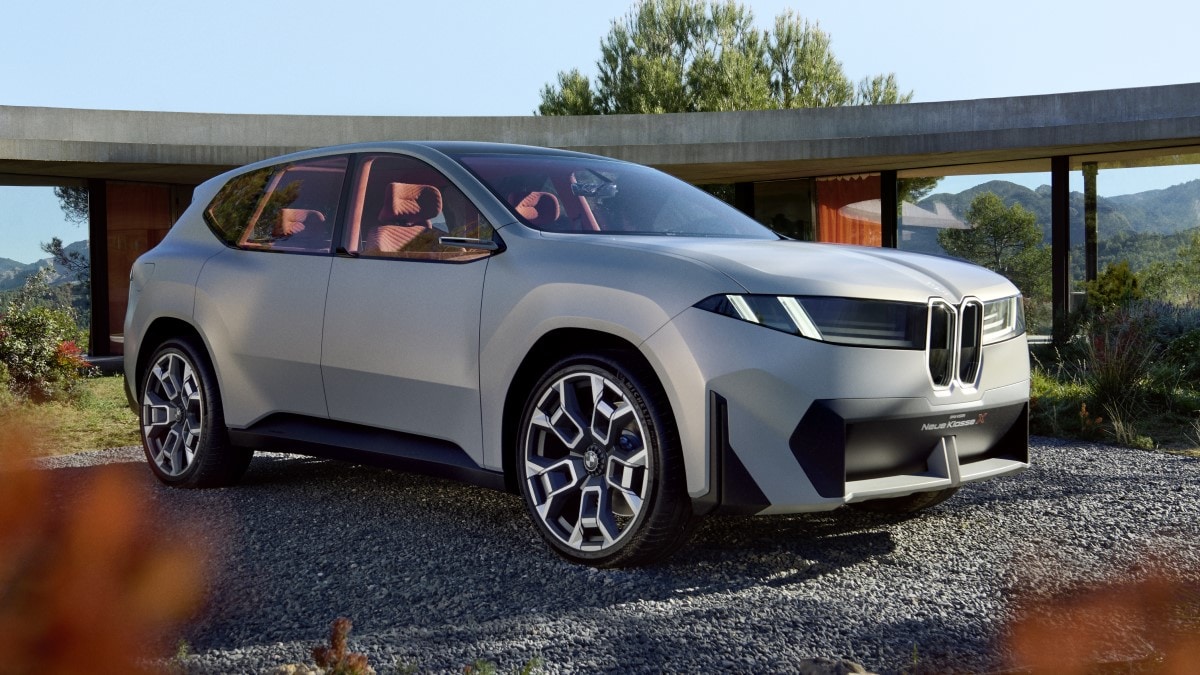Quick Facts About Automatic Emergency Braking
In their contemporary form, automatic emergency braking (AEB) first appeared on Volvo, Honda, and Mercedes-Benz models. Despite Honda’s role in mainstreaming this technology, AEB was most often found on high-end models for much of the past 10 years. However, it’s now standard equipment for entry-level models as inexpensive as the Nissan Versa.
AEB works with forward collision warning, often including a pedestrian detection system. For example, it can detect an object or pedestrian in its path, issue an audible driver alert, and apply the brakes. Automatic emergency braking is, at least, somewhat self-explanatory. Nevertheless, if you’re buying a car with this feature, you might wish to know more about it. Read on, and we will explain what it is, what it does, how it works, and whether it helps.
What Is Automatic Emergency Braking?
Moreover, some, but not all, systems can recognize and brake for pedestrians, cyclists, and animals.
According to the Insurance Institute for Highway Safety (IIHS), an independent, nonprofit scientific and educational organization, the technology is already slashing crash rates by as much as half for vehicles equipped with it. By 2029, the U.S. government will require automatic emergency braking systems in all new cars beginning in 2029.
TIP: No advanced safety system is 100% foolproof. This includes automatic emergency braking. As the driver, it is still your responsibility to have control of your vehicle, no matter the advanced safety technologies it may feature. AEB is a driver’s helpmate, not a driver’s replacement.
RELATED: U.S. Will Require Automatic Emergency Braking In Cars
How Does Automatic Emergency Braking Work?
Depending on the system’s design, automatic emergency braking relies on cameras, radar, or other sensors. When these technologies identify the potential for a collision with an object in your path, they automatically activate the braking system.
These systems do not guarantee that you’ll avoid a collision. Instead, they will try to stop your vehicle in time under typical situations. At a minimum, they slow your vehicle to reduce the severity of the impact.
Tip: AEB only functions when the camera, radar, or sensors can identify objects. Extremely bright sunlight, heavy rain, caked-on snow, darkness, and other variables affect automatic emergency braking operation.
Types of Automatic Emergency Braking
Detailing the types of available AEB systems is rather simple because there are really only variations on two core types:
- Forward AEB
- Reverse AEB
We will itemize the several variations of forward AEB below. Both types of systems use some combination of radar sensors, cameras, and sometimes infrared technology to detect objects in their path. If the driver fails to react to the potential danger, both systems apply the brakes to avoid or lessen the collision’s severity.
What Is Forward Automatic Emergency Braking?
Forward AEB kicks into action when there is a danger of collision ahead. This can be a vehicle stopped or slowing.
What Is Forward Automatic Emergency Braking with Pedestrian Detection?
Forward AEB with pedestrian detection is forward AEB that recognizes pedestrians, bicycles, and larger animals.
What Is Low-Speed Automatic Emergency Braking?
Low-speed or city automatic emergency braking is engineered for bumper-to-bumper-traffic situations; however, it also functions in parking lots and other low-speed settings. For example, in a parking lot, AEB will activate if a car pulls out of a parking space in front of you.
What Is Intersection Automatic Emergency Braking?
Intersection AEB or sometimes called left-turn AEB, will react when you are indicating a left turn at an intersection that will put your vehicle directly in the path of oncoming traffic.
What Is High-Speed Automatic Emergency Braking?
This is forward AEB engineered to fully stop a vehicle traveling at highway speeds.
What Is Rear Automatic Emergency Braking?
Rear automatic emergency braking functions just like front auto braking, except it does so when the vehicle is in reverse. It will react to objects like cars moving across your path when backing up and to objects in your path.
What Is Forward Collision Warning?

RELATED: KBB’s Best Safety-Rated Cars
Automatic Emergency Braking Is Often Less Effective in the Dark
You will find automatic emergency braking in most new cars for a good reason: The system helps save lives.
However, AEB systems tend not to be as effective in the dark. The IIHS studied these systems in 23 car models during nighttime conditions. The results show that most of the vehicles’ automatic emergency braking systems perform “poorly” in the dark, particularly where detecting pedestrians is concerned.
Of the 23 models tested, the study found only four vehicles earned a “Superior” rating. Those vehicles are the Ford Mustang Mach-E, Nissan Pathfinder, Toyota Camry, and Toyota Highlander. The Chevrolet Malibu, Honda Pilot, Nissan Altima, and Toyota Tacoma received no credit during vehicle testing.
Still, 19 of the 23 vehicles performed well in similar daytime tests.
In 2019, another IIHS study concluded a 50% reduction in front-to-rear collisions for vehicles with automatic emergency braking. It also identified a 56% decrease in injuries for these types of collisions. As for the reverse automatic braking systems, there was a 78% decrease in crashes compared to cars with only a reverse camera.
Automatic Emergency Braking False Positives
Sometimes, this technology will activate when perceived threats are not real. In such cases, sudden braking is usually momentary. However, when this happens, it can rattle a driver’s nerves.
Occasionally, the system falsely identifies a vehicle in an adjoining curved lane as an obstacle and triggers full braking power. Dappled sunlight and reflections from signs can also momentarily trigger activations. We’ve experienced this during our own driving tests. These false positives are usually harmless — but underline the importance of remaining alert behind the wheel.
While imperfect, automatic emergency braking is nevertheless an effective safety feature.
If you suspect something is amiss with your automatic emergency braking system, see what it will cost using our Service and Repair Pricing Guide. Then, find the closest automobile shops and schedule a visit to have the work done.
Related Car Maintenance Articles:
Editor’s Note: This article has been updated for accuracy since it was originally published. Christian Wardlaw contributed to this article.




